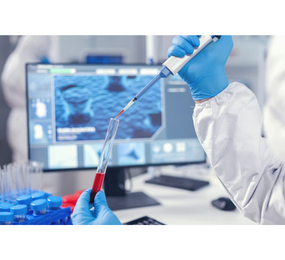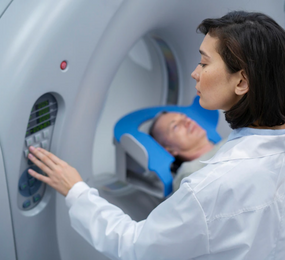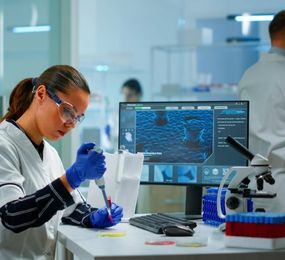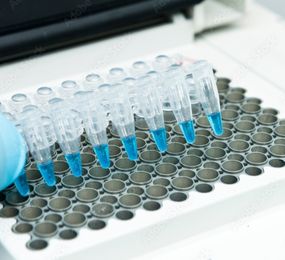3D Bioprinting: Revolutionizing Bioprocessing
3D bioprinting, a cutting-edge technology, is poised to revolutionize the bioprocessing industry. This innovative technique involves the layer-by-layer deposition of biological materials, such as cells, biomolecules, and biomaterials, to create three-dimensional structures. By mimicking the natural environment of tissues and organs, 3D bioprinting offers immense potential for producing complex biological products with enhanced functionality.
One of the most significant impacts of 3D bioprinting is its ability to accelerate drug discovery and development. By generating patient-specific organ models, researchers can study disease progression and test new treatments more efficiently. This personalized approach can reduce the time and cost associated with traditional drug development, ultimately leading to more effective therapies.
Moreover, 3D bioprinting holds immense promise for regenerative medicine. The technology can be used to create tissue and organ constructs for transplantation, offering a potential solution to the shortage of donor organs. By engineering tissues with precise cellular arrangements and extracellular matrix components, researchers aim to develop functional replacements for damaged or diseased organs.
In addition to drug discovery and regenerative medicine, 3D bioprinting has applications in other areas of bioprocessing, such as biomaterials development and tissue engineering. By creating tailored biomaterials with specific properties, researchers can improve the performance of medical devices and implants. Furthermore, 3D bioprinting can be used to engineer tissues for various applications, including wound healing, drug delivery, and cosmetics.
Visit our website to know more: https://www.leadventgrp.com/events/2nd-annual-bioprocessing-and-biologics-forum/details
For more information and group participation, contact us: [email protected]
Leadvent Group - Industry Leading Events for Business Leaders!
www.leadventgrp.com| [email protected]
















